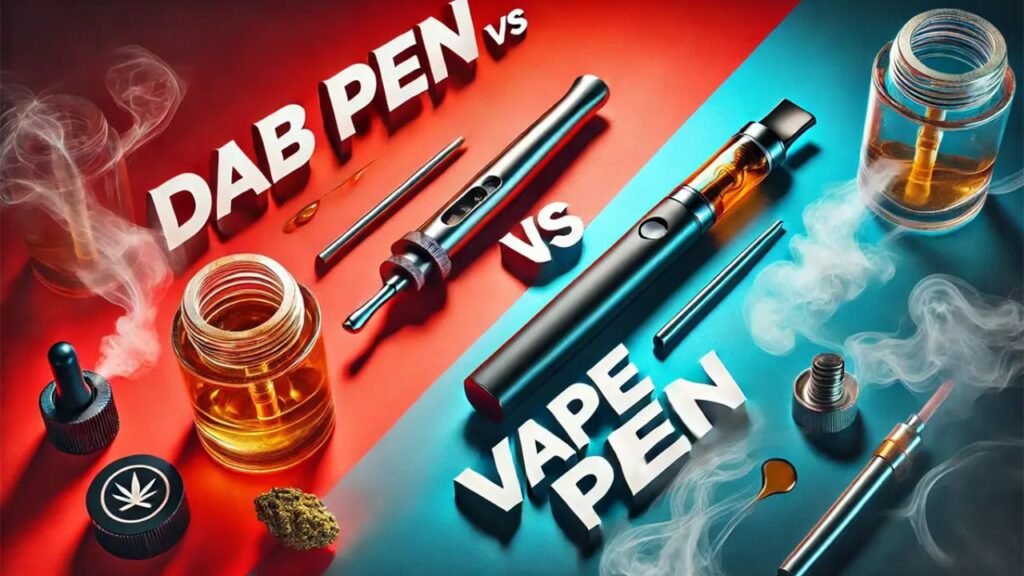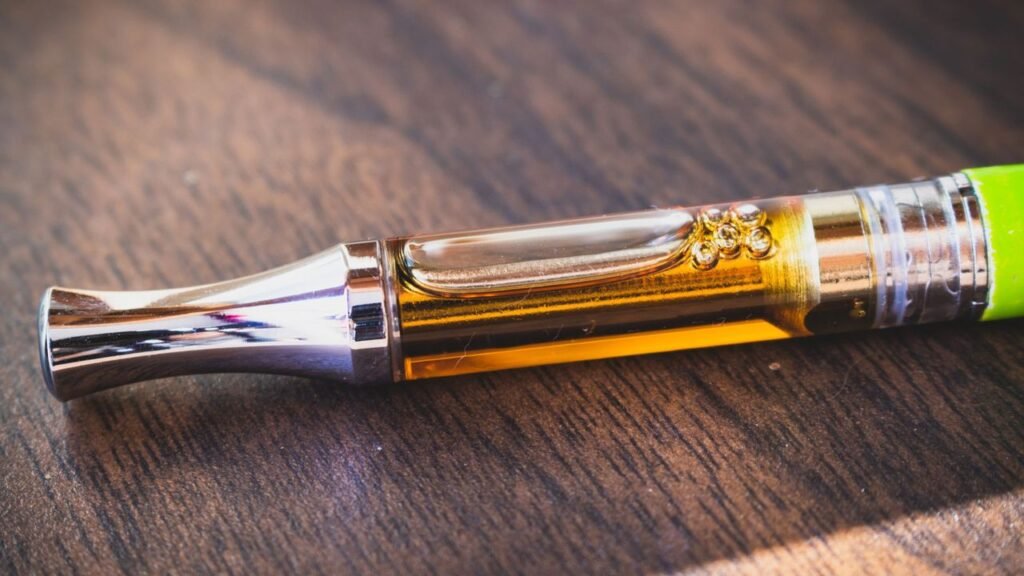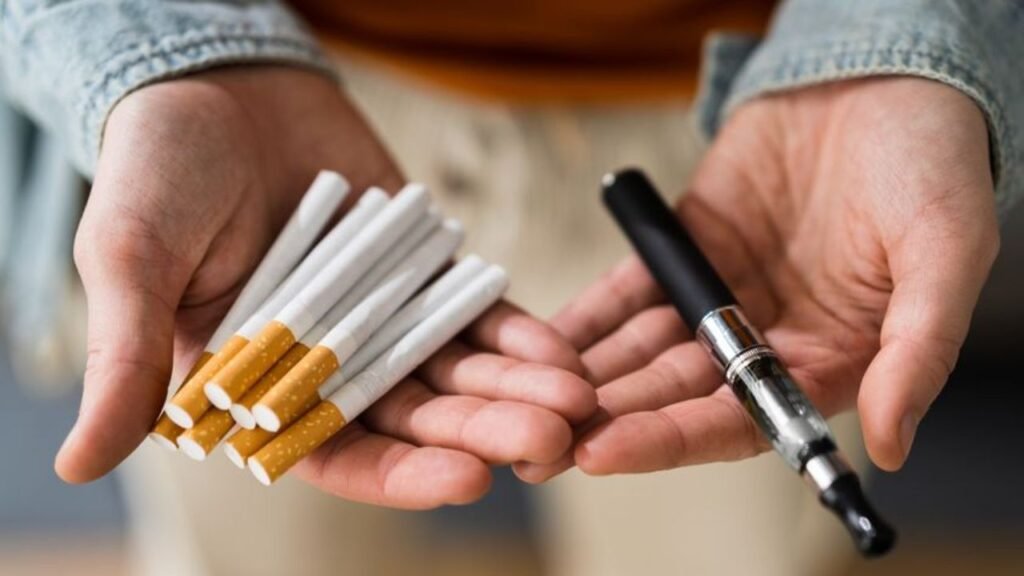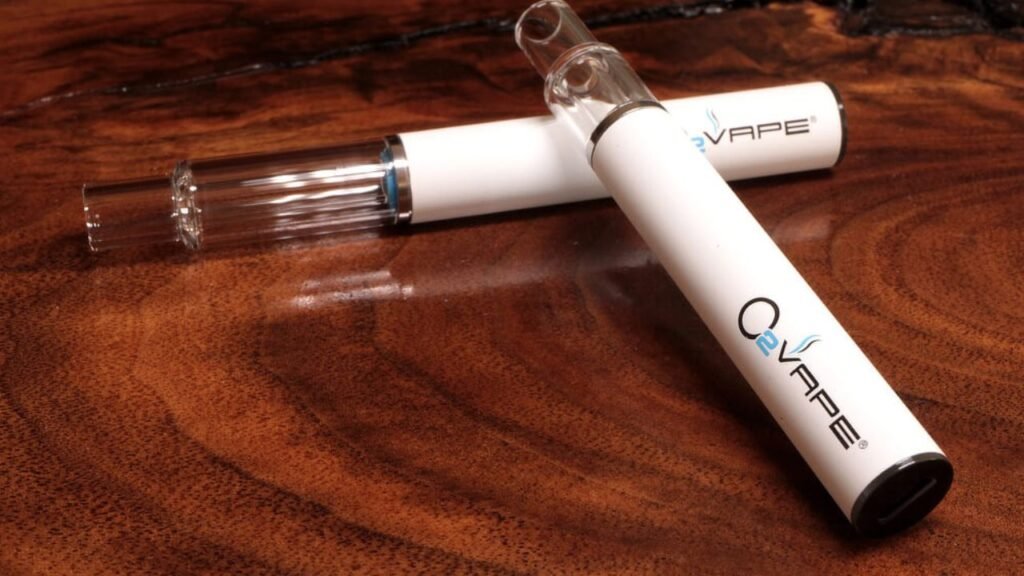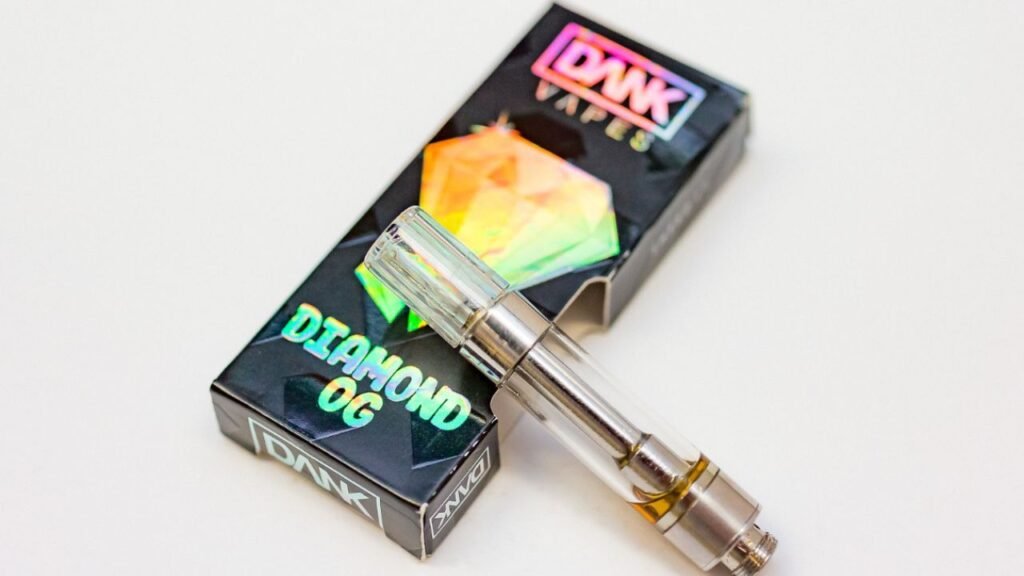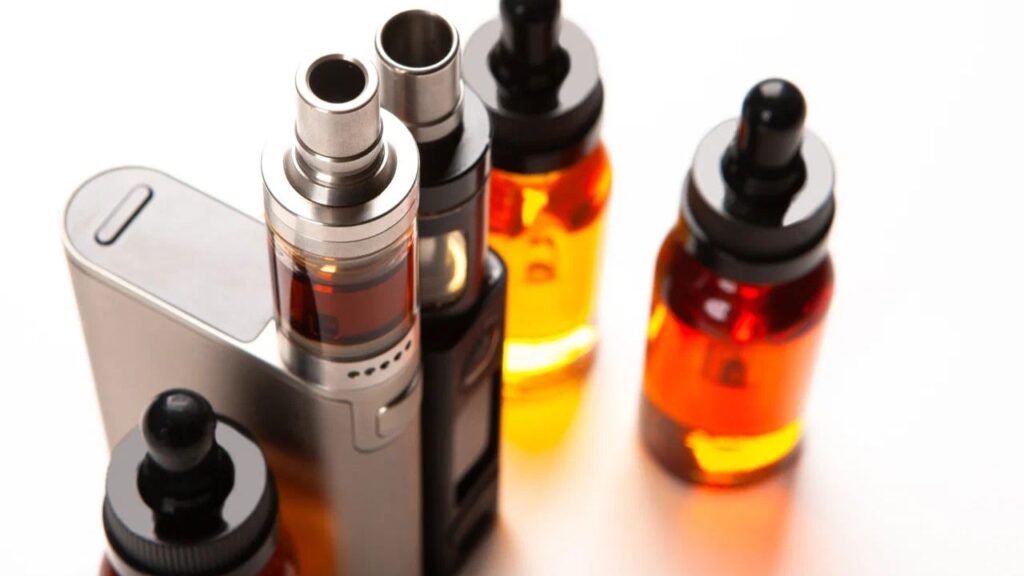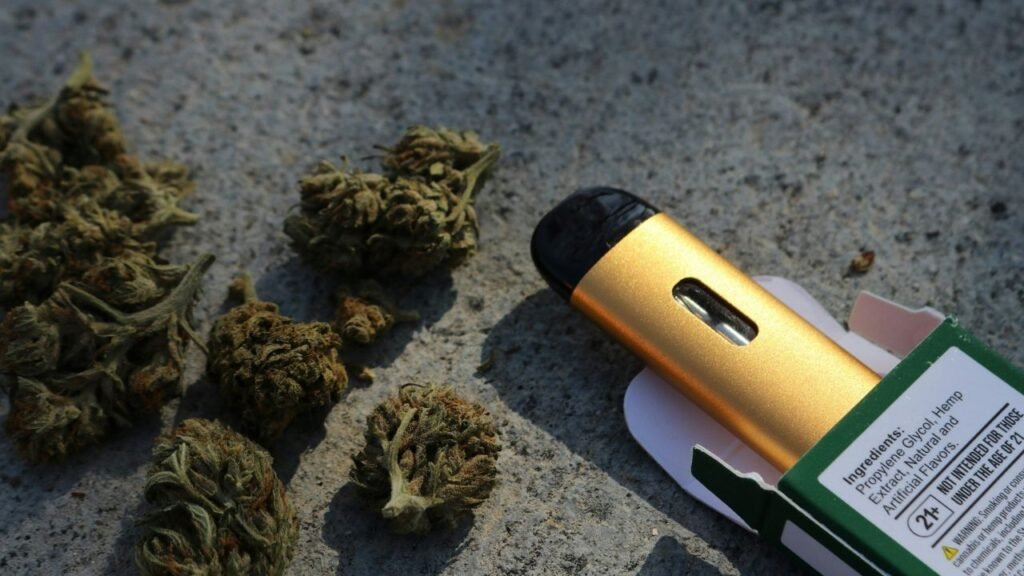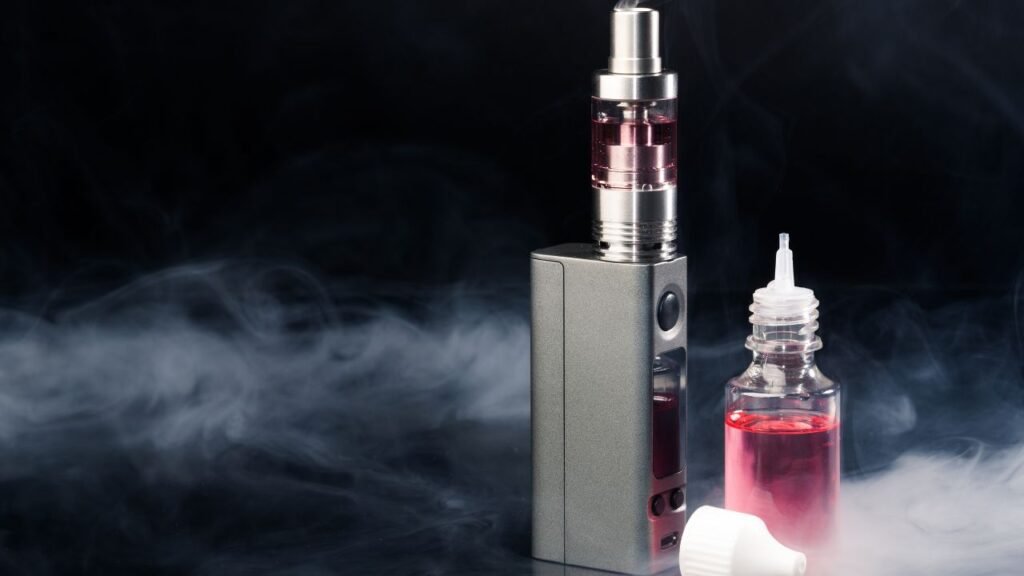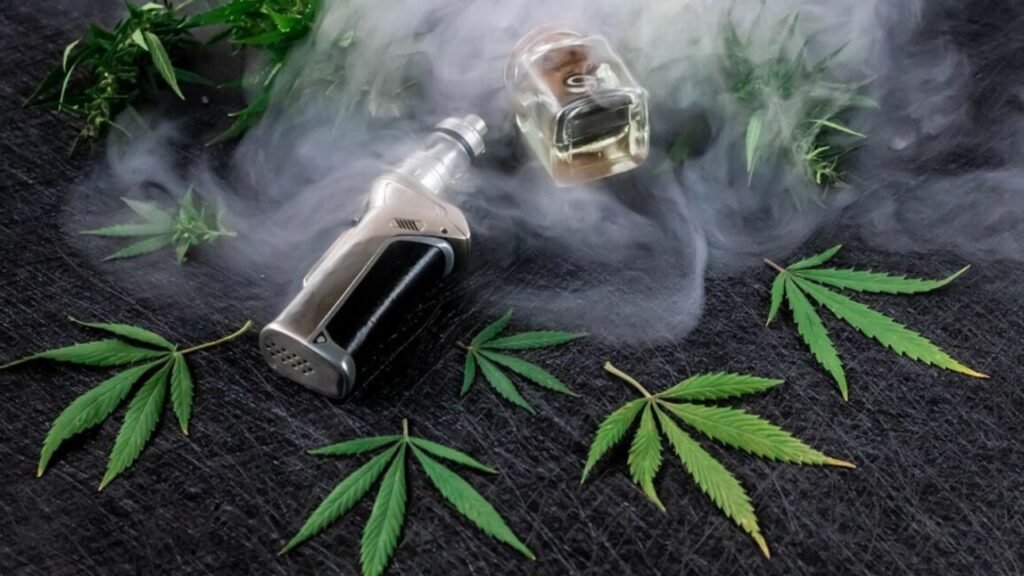How to Optimize Ignite THC Vape Settings for Best Flavor
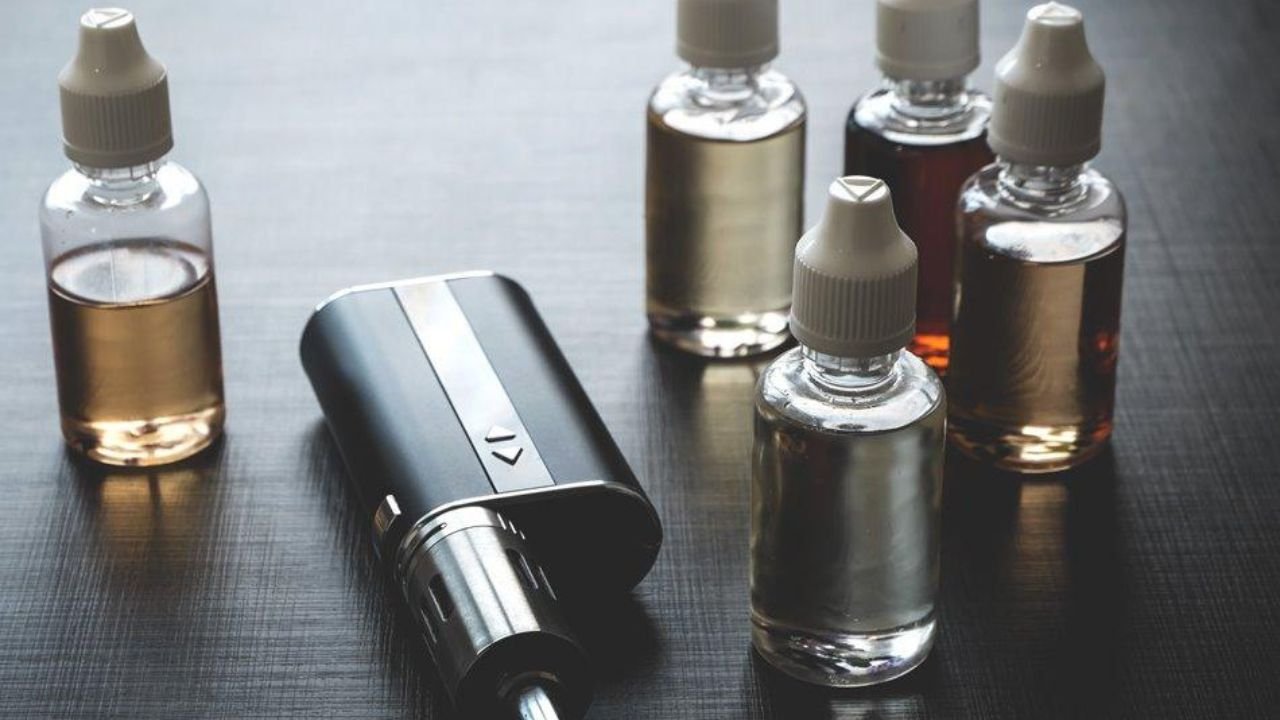
In recent years, igniting the THC vape settings, THC vaping has become one of the most popular methods for cannabis consumption. Its discreet use, fast-acting effects, and flavor-rich experience make it a preferred choice for both newcomers and seasoned users. However, getting the best experience isn’t just about picking a quality product—it’s also about knowing how to use it properly. One of the most crucial factors in enhancing flavor and effectiveness is adjusting your vape settings. Whether you’re chasing a smooth citrusy hit or a bold, earthy cloud, the temperature and voltage can make a big difference. This blog post focuses specifically on Ignite THC vapes—a brand known for its premium cannabis products and sleek design. We’ll guide you through the best settings to optimize flavor, prolong device life, and elevate your overall vaping experience. If you want to get the most out of your Ignite vape, this post is for you.
Understanding Ignite THC Vape Settings
To fully enjoy your Ignite THC vape, it’s essential to understand the settings that control how your device functions—mainly voltage and temperature. These settings directly affect not only the potency of your hits but also the flavor, smoothness, and overall experience of your session. Choosing the right configuration helps you unlock the full potential of your vape oil, preventing it from burning or wasting precious cannabinoids.
A. Explanation of Vape Settings and Their Impact on Flavor
Vape settings play a critical role in determining how your THC oil is heated and vaporized. The two primary components—voltage and temperature—control the intensity of heat applied to the concentrate. If the settings are too high, the oil may burn, resulting in a harsh taste and degraded flavor. On the other hand, settings that are too low may not produce enough vapor or fully activate the THC and terpenes, leading to a weak hit. Finding the sweet spot is key to achieving full flavor and satisfying effects. ignite thc vape settings
B. Overview of Key Settings: Voltage and Temperature
- Voltage: Measured in volts, this setting controls the power output from your battery to the coil. Lower voltages (2.5V–3.3V) tend to deliver smoother, more flavorful hits by slowly heating the oil and preserving terpenes. Higher voltages (3.5V–4.2V) produce larger vapor clouds but can risk burning the oil, which diminishes taste and smoothness.
- Temperature: Some Ignite THC vapes, especially more advanced models, allow users to set the temperature directly (often ranging between 315°F and 440°F). Lower temperatures (315°F–350°F) highlight flavor and provide gentle effects—mid-range temperatures (350°F–390°F) balance taste and vapor production. High temperatures (390°F–440°F) deliver strong effects but can sacrifice flavor.
C. Importance of Personal Preference in Setting Adjustments
While there are general guidelines, the ideal settings ultimately come down to personal preference. Some users prioritize robust flavor and opt for lower voltages and temperatures. Others may prefer heavier, more intense hits that require higher settings. Your tolerance, desired effect (relaxation, creativity, focus), and the specific cartridge strain all influence the best settings for you. Experimenting with different levels and paying attention to the taste, smoothness, and effect can help you dial in the perfect experience. Remember, vaping is about enjoying the moment, so take the time to fine-tune your device to match your style.
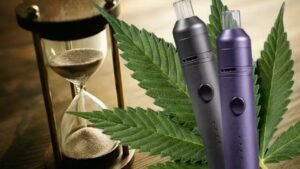
Vape Voltage: Finding the Sweet Spot
Getting the best experience from your Ignite THC vape starts with understanding and adjusting the voltage setting. Vape voltage refers to the electrical power sent from your battery to the heating element (coil) inside the cartridge. This voltage controls how hot the coil gets, which in turn affects how the oil vaporizes. Choosing the right voltage is key to unlocking flavor, maximizing THC potency, and avoiding harsh or burnt hits.
A. Definition of Vape Voltage and Its Role in Flavor Production
Voltage determines how much energy is delivered to your vape coil. A higher voltage increases the heat, producing larger vapor clouds and a more immediate THC effect. However, high heat can destroy delicate terpenes—the compounds responsible for the strain’s aroma and taste. Lower voltage heats the oil more gently, preserving these terpenes and delivering a smoother, more flavorful hit. The challenge is finding a voltage that delivers satisfying vapor without sacrificing flavor.
B. Recommended Voltage Ranges for THC Carts
- General Best Voltage for THC Carts
- For most standard THC cartridges, the ideal voltage range is between 2.5V and 3.3V. This range offers a balanced experience—enough power to produce good vapor without overheating the oil. Beginners are often advised to start low (around 2.5V) and increase slowly based on personal taste and hit strength. Staying within this range helps prevent burning and preserves flavor integrity.
- Best Voltage for Live Resin Carts
- Live resin is especially sensitive due to its high terpene content. For this reason, a lower voltage is crucial. The recommended voltage for live resin carts is 2.2V to 2.7V. Using low voltage ensures the terpenes remain intact, allowing the full flavor profile to shine. High voltage can scorch the resin and ruin its complex taste.
C. Discussion of How Different Voltages Affect Flavor and Vapor Quality
- Low Voltage (2.2V–2.7V): Produces light vapor and smooth flavor. Ideal for live resin and users who prioritize taste over cloud size. Great for microdosing or extended sessions without irritation.
- Medium Voltage (2.8V–3.3V): Offers a balance between flavor and vapor production. Suitable for standard distillate THC carts. It gives decent clouds without ruining the taste.
- High Voltage (3.4V–4.2V): Maximizes vapor and effects but can burn the oil and produce a harsh or bitter hit. This is best reserved for users with high tolerance or those seeking powerful, fast effects—though it sacrifices flavor.
Ultimately, the “sweet spot” depends on the cart type and personal preference. Start low and adjust gradually to find what works best for your needs.
The Role of Pen Voltage in Vaping Experience
The voltage of your vape pen plays a crucial role in shaping your overall THC vaping experience. It directly influences the heating element’s power, which affects how your THC oil is vaporized. Whether you’re using a distillate, live resin, or other concentrate, understanding pen voltage helps you achieve the perfect balance between flavor, potency, and vapor quality.
A. Explanation of Pen Voltage and Its Significance
Pen voltage refers to the amount of electrical energy sent from the vape battery to the coil inside the cartridge. When you press the power button or inhale, this voltage activates the coil, heating it to vaporize the THC oil. The higher the voltage, the hotter the coil gets. This increased heat can boost vapor production and intensify the effects, but it may also degrade terpenes and reduce flavor quality. Lower voltages provide a cooler vapor, better taste, and smoother hits—ideal for flavor-focused users or sensitive lungs. Simply put, pen voltage is the key to customizing your vape experience.
B. Comparison of Pen Voltage Settings and Their Effects on THC Extraction
Different voltage settings impact how efficiently THC and other cannabinoids are extracted and inhaled.
- Low voltage (2.2V–2.7V): Slowly heats the oil, which helps preserve terpenes and cannabinoids. This setting gives a mild high and is best for flavor-rich oils like live resin.
- Medium voltage (2.8V–3.3V): A well-rounded setting that effectively vaporizes most THC oils while retaining decent flavor. It’s the most common range for casual users.
- High voltage (3.4V–4.2V): Heats the oil quickly, delivering stronger, faster effects. However, it can burn off terpenes and cause a harsh throat hit. Ideal for users with high tolerance or those seeking intense effects in short sessions.
Each voltage range affects how much THC is extracted per puff, the density of vapor, and how quickly the effects hit.
C. Clarification on the Relationship Between Lower Amp Settings and THC Potency
Lower amp (amperage) or voltage settings do not reduce the actual THC content in the oil, but they can affect how much THC you inhale in a single hit. At lower settings, the vapor is lighter, meaning smaller doses of THC per puff. However, this also prevents overheating, preserving more cannabinoids and terpenes for consistent, flavorful use. Many users find that vaping slowly at low voltage over time provides a more controlled and enjoyable high compared to high-voltage hits that can overwhelm the senses.
What’s the Best Wattage to Vape THC?
When it comes to vaping THC, wattage plays a crucial role in determining your overall experience. Wattage refers to the amount of power your device uses to heat the coil, which in turn vaporizes the THC oil. Choosing the right wattage can mean the difference between a flavorful, smooth hit and a harsh, burnt one. So, what is the best wattage for vaping THC? The short answer: low to moderate wattage—typically between 4 to 10 watts—is ideal.
Why Low Wattage Works Best
THC oils and concentrates are delicate. They contain cannabinoids and terpenes that degrade at high temperatures. When you vape at a high wattage, you risk burning these compounds, resulting in a bitter taste and diminished effects. Low wattage ensures that the coil heats the oil gently and evenly, preserving both potency and flavor. It also produces smoother vapor, making the experience more enjoyable, especially for beginners or those with sensitive lungs.
Ideal Wattage Range for THC Cartridges
Most THC vape cartridges are designed to work best at lower power settings.
- Standard THC carts: 4–6 watts
- Live resin or terpene-rich carts: 4–5 watts
- Distillate carts: 6–10 watts (depending on the viscosity)
Some vape pens don’t let you control wattage directly but allow voltage adjustments. In those cases, you can use Ohm’s law (Wattage = Voltage² / Resistance) to calculate wattage. For example, using a 3.3V setting with a 1.2-ohm coil equals about 9 watts, which is within the ideal range.
Too Much Wattage Can Burn Your Oil
Vaping at wattages above 10 watts can burn the oil, especially in pre-filled cartridges. Burnt oil not only tastes bad but also breaks down THC and terpenes, leading to weaker effects and more irritation. Overheating also causes the coil to degrade faster, shortening the life of your vape pen.
Adjust Based on Your Preference
While 4–10 watts is the general sweet spot, everyone’s preference is different. If you enjoy more vapor and stronger hits, slightly higher wattage (8–10 watts) might work for you—but it comes with the trade-off of less flavor. If you prioritize taste, start at the lower end (4–6 watts) and increase slowly to find your perfect setting. Ultimately, the best wattage for vaping THC is one that balances flavor, potency, and comfort—without burning your oil.
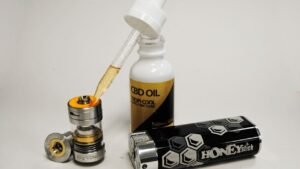
FAQs
1. What is the best voltage for THC carts?
The best voltage for THC carts is typically between 2.5V and 3.3V. This range allows for smooth vapor production without burning the oil. It helps preserve terpenes for better flavor while still delivering a strong, satisfying high.
2. What does pen voltage mean?
Pen voltage refers to the amount of electrical power your vape pen delivers to the cartridge’s coil. It controls how hot the oil gets when vaping. Higher voltage creates more vapor and stronger hits, while lower voltage improves flavor and provides a smoother, more controlled experience.
3. What is the best voltage for vape carts?
The best voltage for vape carts generally falls in the 2.7V to 3.3V range. This provides a good balance between vapor production and flavor retention. Going beyond 3.5V can result in burnt oil, reduced taste, and harsher hits, especially for terpene-rich carts.
4. What is the best voltage for live resin carts?
Live resin carts are best used at 2.2V to 2.7V to protect the delicate terpene profile. Lower voltage preserves the full flavor and aroma of live resin, while also preventing overheating that could destroy cannabinoids and cause a burnt taste.
Conclusion
Optimizing your vape settings is essential for unlocking the full flavor and potency of your THC experience—especially when using high-quality products like Ignite THC vapes. Voltage and temperature settings directly influence how the oil is vaporized, which in turn affects the smoothness, taste, and strength of each hit. By understanding how these variables work, you can avoid burnt flavors, wasted oil, and harsh vapor. Everyone’s preferences are different, so don’t be afraid to experiment within the recommended ranges to find your sweet spot. Whether you prioritize big clouds or rich terpene flavor, adjusting your settings gives you control over your experience. Ignite vapes are designed for flexibility and user satisfaction, making them an excellent choice for those who want the best of both worlds—flavor and effect. So take your time, try different settings, and enjoy a smooth, flavorful, and elevated session every time you pick up your Ignite THC vape.
Read More>>>>>>> How to Optimize Ignite THC Vape Settings for Best Flavor

